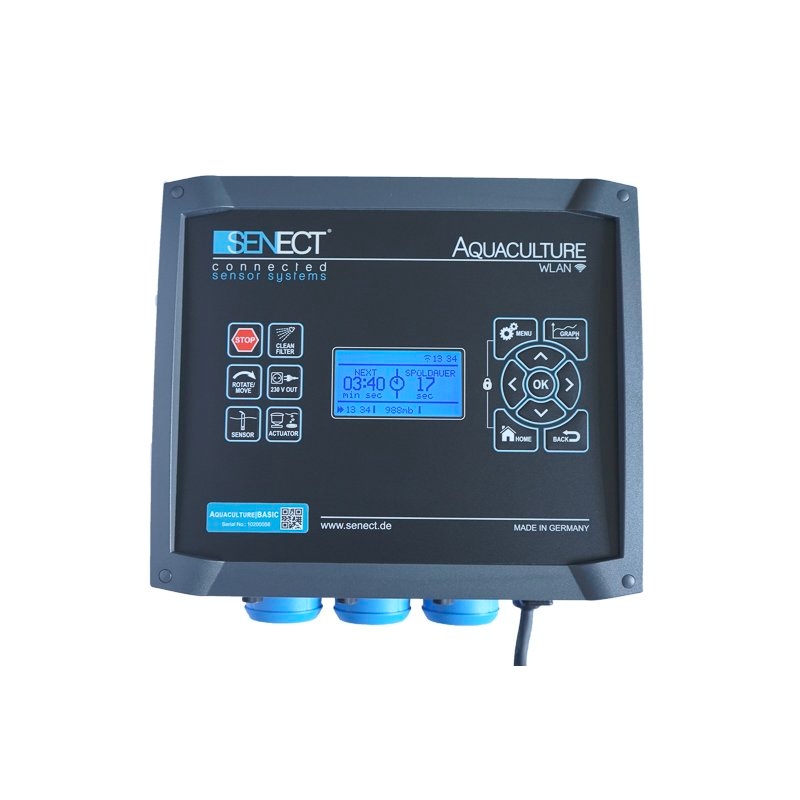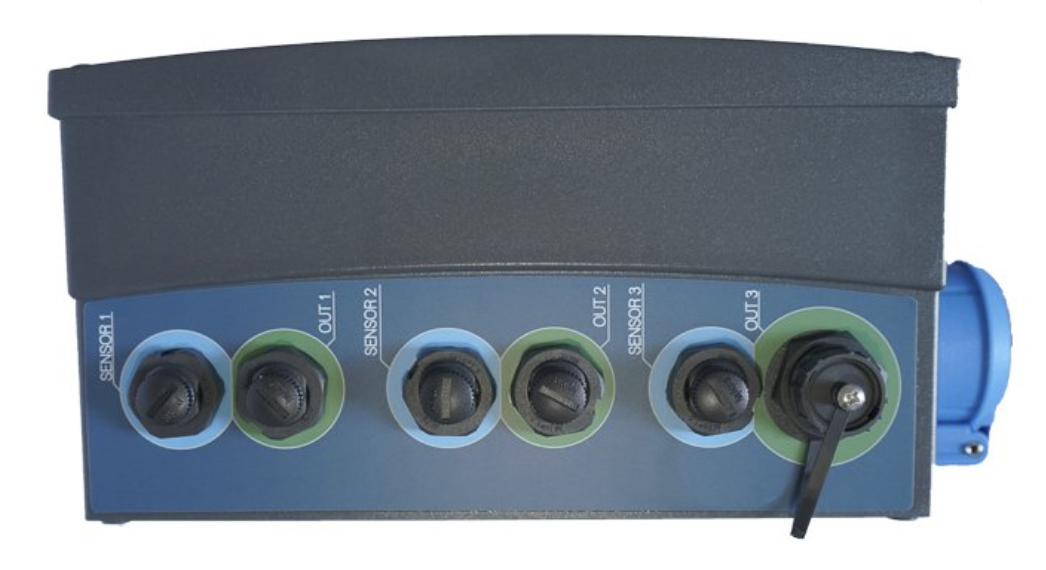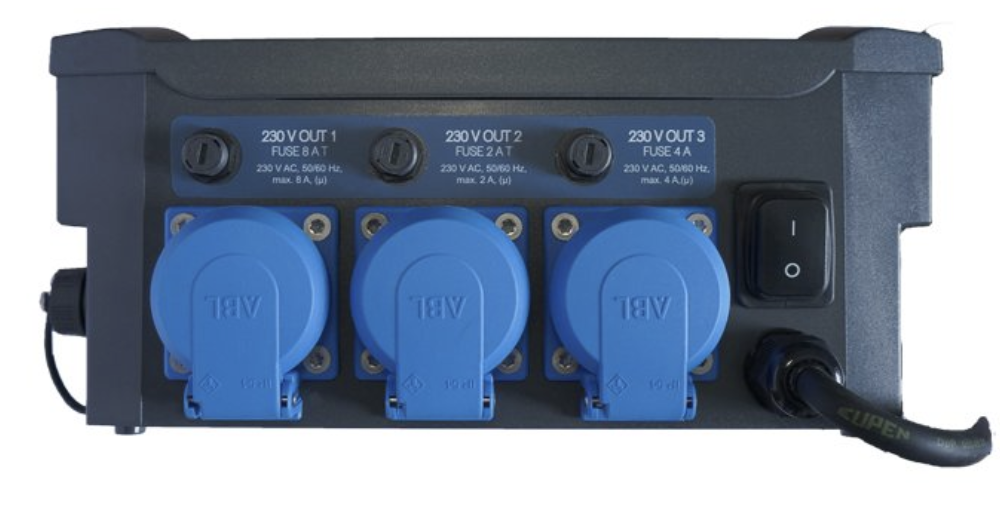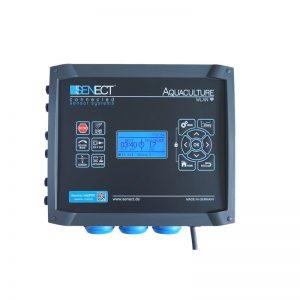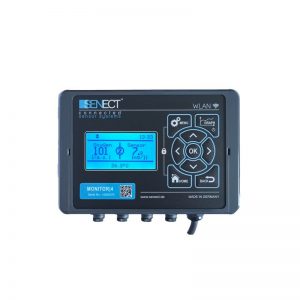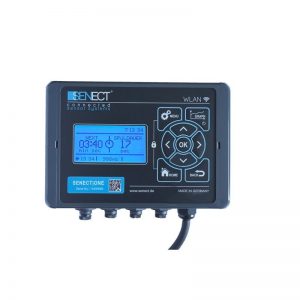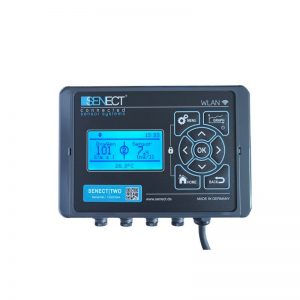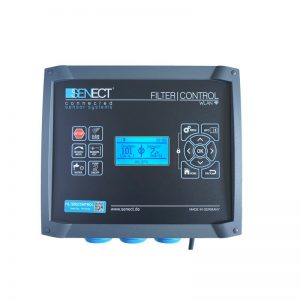SENECT Basic Control Box
$3,300.00 + GST
- Dimensions: 265 x 254 x 127mm
- Power Supply: 85-265 V AC, 47-63 Hz
- Sensor input ports: 3 x SENECT Sensors
- Output ports: 1 x High-power output, 2 x Actuator output ports, 3 x 230 VAC
- Signals of the actuator outputs: 24 V DC PWM, 0-10 V, 4-20 mA
- Ingress protection: IP54
- Data transmission: 802.11 b/g/n 2.4 GHz WLAN, remote access via dynamic DNS, port forwarding and IPv4
AQUACULTURE|CONTROL
Powerful. Clever. Connected.
- 3 x sensor plug: Every Senect sensor can be connected (e.g. O2, pH, ORP, water level and more)
- 2 x versatile actuator output ports with 24 V DC, 4 – 20 mA, 0 – 10
- connectivity with PLC / SCADA Systems
- connection to actuators like feeders or pumps (or variable frequency converters) of other manufacturers possible
- available with 150 W or 300 W power supply
- 230 V AC output ports with Schuko-plugs: connecting for example pumps or light directly
- 1 x High-Power 24 V DC output port
- All output ports are freely programmable, e.g. time or sensor-controlled, but also in relation to other output ports
- Intelligent feeder and filter control
- WLAN: alarm and remote control online
The Control App allows you to integrate your SENECT control units into your WLAN network and use your smartphone, tablet or PC to make settings, trigger actions, receive alarm messages, view sensor readings live or save the recorded data locally (PC version only).
For example, with the SENECT Control App you can be notified by push message and email in case of an alarm, e.g. when the oxygen concentration falls below a specified level or when the filter stops (emergency stop).
You can use the SENECT Control App to receive the sensor readings and the status of the respective devices (e.g. filter: last cleaning or solenoid valve: on / off) and thus maintain an overview of your system.
Benefit from the advantages of the SENECT Control App:
-
- Easy and convenient setting of the settings
- Always keep an eye on the water parameters even when on the move
- Alarm when measured values exceed or fall below thresholds

